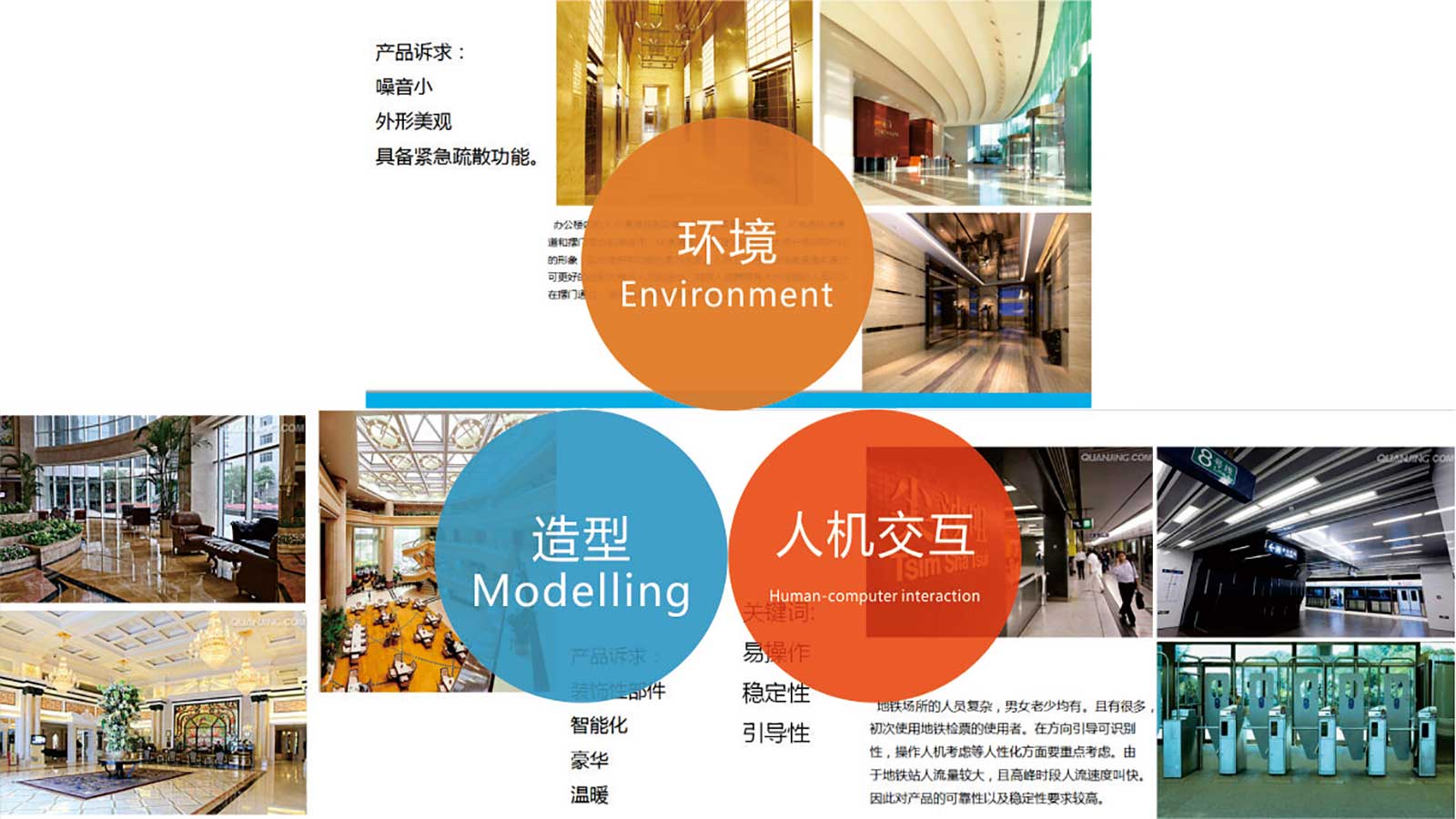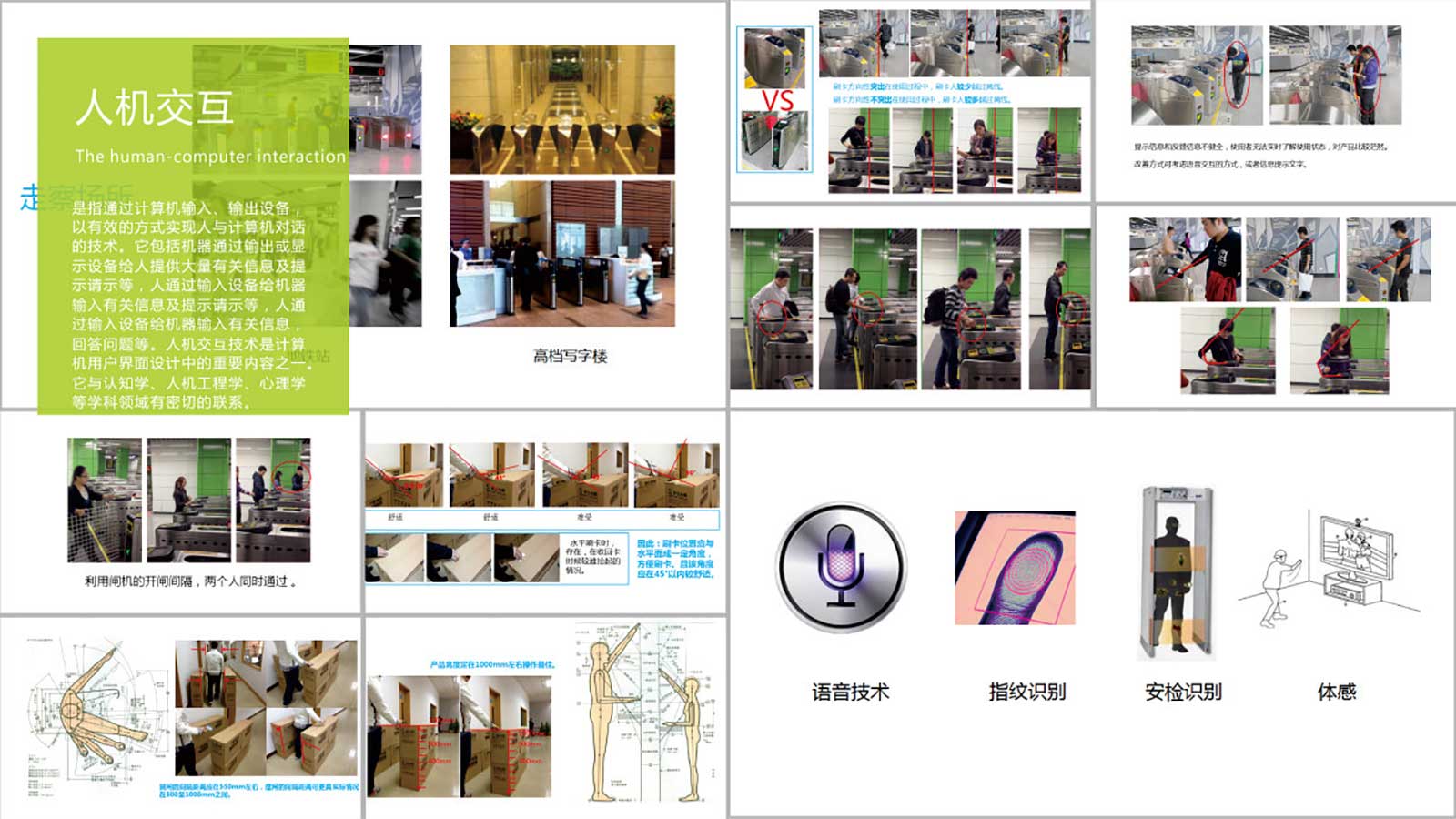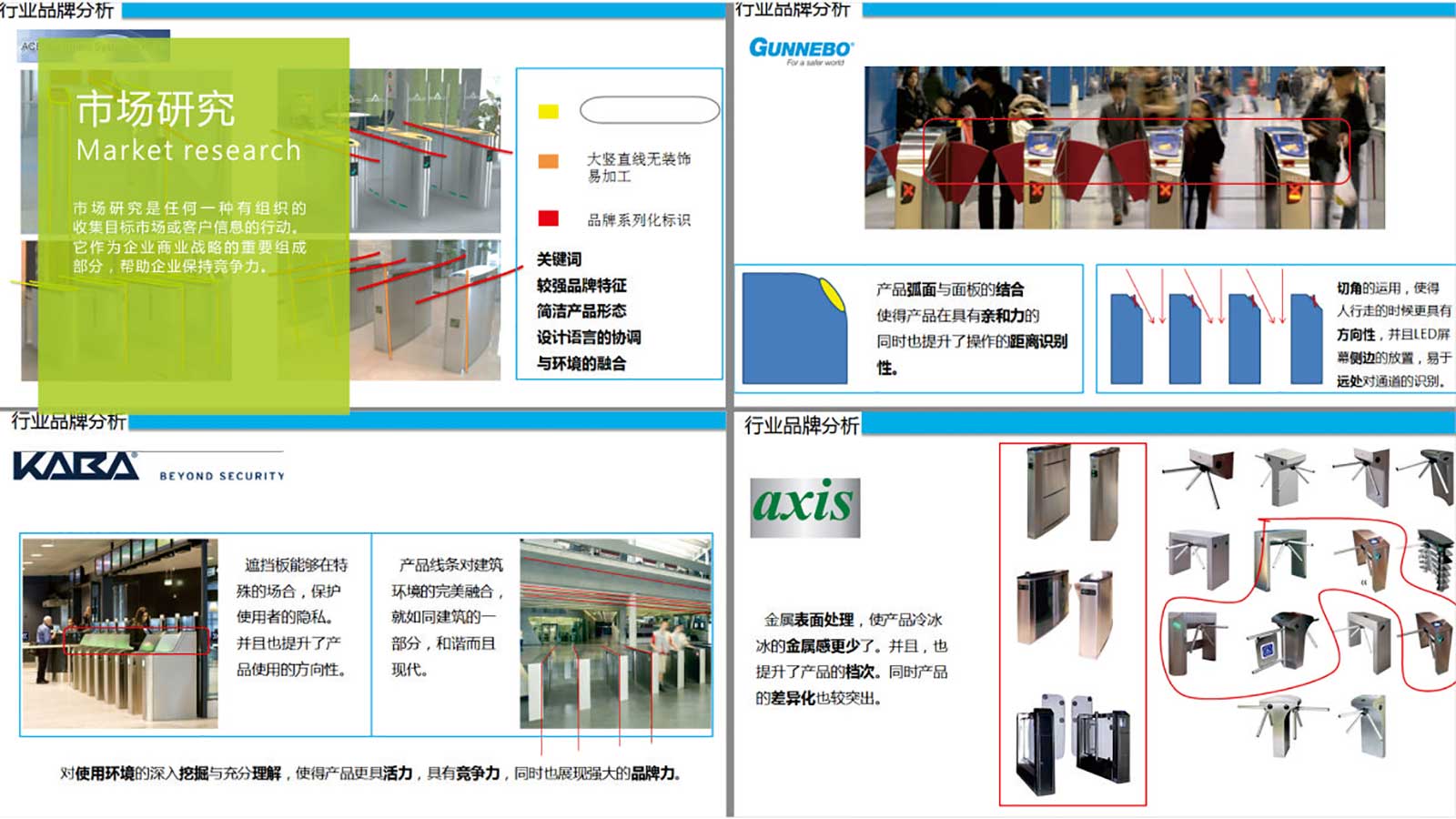In the process of industrial product design, different industrial product design companies will have different design methods and design processes. The following is a brief overview of some commonly used design methods.

1. Product design analysis
Analyze the product function definition and process requirements, draw the general shape of the product imagined by the brain on the paper and clarify the design method of the functional module. After the overall idea is clear, use the software to design the product and initially evaluate the feasibility of the design scheme.
2. Overall design and detail design
Determine the key functional modules of the product (related parts that affect the process requirements), divide the design sequence of the whole machine, and proceed according to the principle of overall from large to small and details from inside to outside. On the whole, a machine frame, platform, size and position of each motion module are designed, and the installation of small functional modules is finally determined. After the overall planning is completed, the detailed design will be entered. The detailed design sequence is just opposite to the overall design sequence. It is first installed at the moving end part for design so as to clarify the parameters such as the size, weight and center of gravity of the end parts. Then, each moving part is designed step by step according to the existing parameters. Finally, the machine frame and shell are designed.

3. Parts Design
The part design of the product can be drawn step by step according to the main processing sequence, which is synchronized with the processing and production shape. Generally speaking, the more complex the structure and shape of the part, the more difficult it will be to manufacture, assemble and repair, and the higher the cost. Therefore, in the case of meeting the requirements of use, the structural shape of the parts should be as simple as possible, and strive to reduce the number of machined surfaces and the machined area. The less tolerance accuracy, the better. The cost of the product is increased according to the geometric progression of precision. The designer's pen is slightly negligent, and the cost may rise several times in a straight line. Several parts that meet the accuracy may not be assembled, and the dimension chain problem needs to be considered and avoided in the assembly design.
4. Functional module design
The design of the functional module is similar to the overall design. It is also to first determine the overall installation situation, first carry out a preliminary planning structure for the process requirements and installation requirements, and then select the part materials, process treatment, and cost evaluation according to the use conditions. For moving parts, the speed, center of gravity, torque, etc. are calculated, and the key parts must be analyzed by finite elements to optimize the design of stress, deformation, and failure, finally, confirm whether the size and weight are consistent with the definition, whether the assembly sequence is consistent with the design, whether the module assembly accuracy is unstable due to human reasons, and whether maintenance is convenient for disassembly and assembly.

5. Selection of parts.
When designing, we should make full use of other people's technical experience and resources. First, we should consider using standard parts on various design manuals or software to save design time and cost. For commonly used very standard parts, we usually look for relevant design model data from suppliers or online, because the prices of our own production and outsourcing of such parts will not differ much, and the quality and delivery date may be more advantageous.
6. Design Inspection
To complete the design of a part, engineering drawing or a machine, the most important thing is to check and recheck, such as part processing problems, tolerance dimensions, assembly process, motion interference, force conditions, etc. Every designer should maintain a meticulous, strict and unremitting style of design from the beginning. Only after getting used to it can he develop a good skill of agility and agility.
Of course, there are many commonly used industrial product design methods. Designers need to continuously learn and accumulate in practical work, continuously improve their professional skills, improve their teamwork ability, and promote their all-round development.
The copyright of this work belongs to 白狐设计. No use is allowed without explicit permission from owner.

New user?Create an account
Log In Reset your password.
Account existed?Log In
Read and agree to the User Agreement Terms of Use.

Please enter your email to reset your password
Comment Board (0)
Empty comment